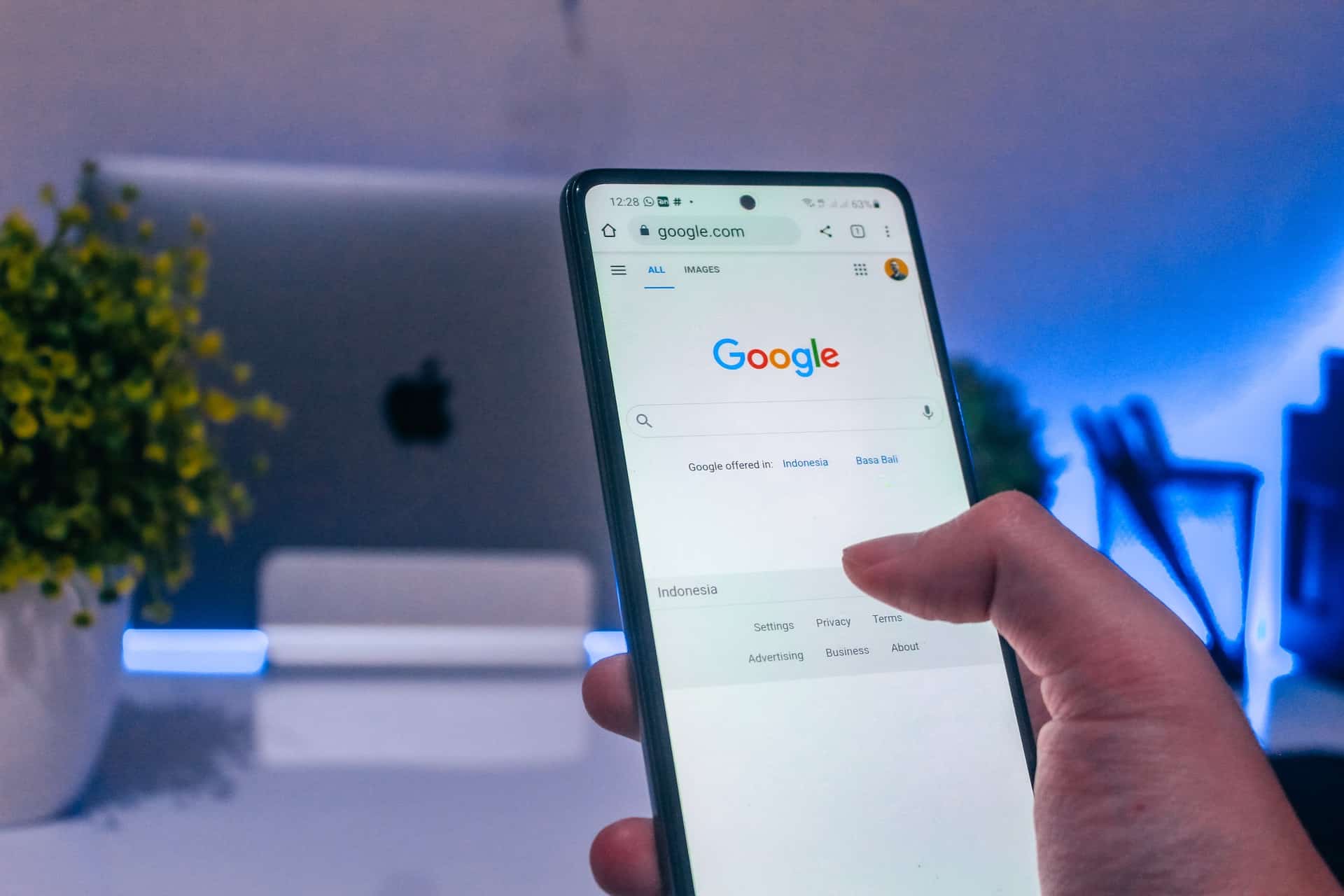Wearable Technology: Embracing the Future
Wearable technology has started from simple devices like watches to advanced gadgets that can track health and boost productivity. These wearables give users more control over their health and help industries work better. They also blend the real world with the digital one. Looking ahead, we can expect even cooler stuff like smart clothes and gadgets you control with your mind. But, we need to think about keeping our data safe as wearables become more common. In short, wearable technology changes how we use tech, offering lots of chances for new ideas and making things better.

A Journey of Innovation
The evolution of wearable technology has been nothing short of remarkable. What started with basic watches has now evolved into advanced gadgets that seamlessly blend the physical and digital worlds. These wearables not only track our health but also empower users to take control of their well-being. With features like heart rate monitoring and sleep tracking, wearables provide valuable insights into our health and help us make informed decisions about our lifestyle.
At work, wearables are making things easier too. Devices like smart glasses and scanners let workers access info and talk hands-free, especially in jobs like manufacturing and healthcare. This means they can get real-time help and see important data without stopping what they’re doing. It makes work safer and helps things run smoother. As wearable tech keeps growing, it’s important to make sure our data stays safe and private so we can keep enjoying the benefits responsibly.
Looking ahead, there’s so much more to come in wearable tech. We could soon have clothes that monitor our health or gadgets that respond to our thoughts. But, as these devices become more common, we need to make sure our personal data stays safe. It’s important for everyone from manufacturers to users to work together to protect our privacy.
In a world where technology continues to evolve at a rapid pace, wearable technology has emerged as a transformative force, reshaping how we interact with gadgets and improving various aspects of our lives. From humble beginnings as simple time keeping devices to sophisticated gadgets capable of tracking health metrics and boosting productivity, wearables have become an integral part of our daily routines.
Transforming Industries
Wearable technology isn’t just changing how we live; it’s also revolutionizing how we work. In industries like manufacturing and healthcare, devices like smart glasses and scanners are making tasks easier and safer. Workers can access information hands-free and receive real-time assistance, improving efficiency and productivity in the workplace. As wearables continue to advance, the possibilities for innovation in various industries are endless.
Embracing the Future
Looking ahead, the future of wearable technology holds even more exciting possibilities. Imagine smart clothes that monitor our health or gadgets that respond to our thoughts. The potential for innovation in this space is vast, but it’s essential to address concerns about data privacy and security as wearables become more common. Collaboration between manufacturers, policymakers, and users is crucial to ensuring that our personal data remains safe and protected.
In essence, wearable technology has become indispensable, impacting various aspects of our lives. From enhancing health to streamlining work, these devices offer promising prospects. Yet, safeguarding our data is crucial as wearable tech becomes more prevalent. Through collaboration and vigilance, we can maximize the potential of wearable technology for societal advancement while ensuring data privacy.
In short, wearable technology has advanced significantly, shaping how we live and work. Initially rudimentary, these devices are now integral parts of our daily routines, contributing to our well-being and simplifying tasks. As they continue to evolve, they hold promise for future innovations. However, as their usage grows, ensuring data security is vital. By working together, we can optimize the benefits of wearable tech while protecting our privacy.

In conclusion, wearable technology stands at the forefront of innovation, transforming the way we live and work. From its humble beginnings as simple timekeeping devices to its current state as sophisticated gadgets that seamlessly integrate into our daily lives, wearables have significantly impacted various aspects of society. They have empowered individuals to take control of their health, revolutionized industries by enhancing productivity and safety, and opened up exciting possibilities for the future. However, as we continue to embrace the potential of wearable technology, it is crucial to address concerns surrounding data privacy and security. By working together, from manufacturers to users, we can ensure that wearable technology remains a powerful tool for positive change while prioritizing the protection of our personal information. As we embark on this journey into the future, let us remain vigilant in safeguarding our privacy and collectively harness the transformative potential of wearable technology to create a better world for all.
Here are some frequently asked questions (FAQs)
What is wearable technology?
Wearable technology refers to electronic devices that are worn on the body, either as accessories or as part of clothing, and are designed to perform specific functions such as tracking health metrics, providing notifications, or enhancing productivity.
What are some examples of wearable technology?
Common examples of wearable technology include smartwatches, fitness trackers, smart glasses, smart clothing with embedded sensors, and wearable medical devices such as glucose monitors and ECG monitors.
How does wearable technology work?
Wearable technology typically consists of sensors, processors, and connectivity features such as Bluetooth or Wi-Fi. Sensors collect data from the wearer’s body or environment, which is then processed by the device to provide insights or perform actions. Connectivity features enable communication with other devices or platforms to sync data or receive updates.
What are the benefits of using wearable technology?
Wearable technology offers several benefits, including:
1. Tracking health and fitness metrics to promote a healthier lifestyle.
2. Enhancing productivity by providing notifications and reminders.
3. Improving safety and efficiency in industries such as manufacturing and healthcare.
4. Offering convenience and hands-free access to information and communication.
Are there any privacy concerns with wearable technology?
Yes, privacy concerns exist with wearable technology, particularly regarding the collection and storage of personal data. Users should be aware of the type of data collected by their wearable devices and how it is used and shared. It’s essential to review privacy policies and settings to ensure data protection.
Can wearable technology be customized or personalized?
Yes, many wearable devices offer customization options such as personalized fitness goals, notification settings, and interchangeable straps or bands. Some devices also support third-party apps or integrations, allowing users to tailor their experience to their preferences.
What is the future of wearable technology?
The future of wearable technology holds exciting possibilities, including advancements in health monitoring, augmented reality (AR) experiences, and integration with other smart devices in the Internet of Things (IoT) ecosystem. Wearables may become even more seamless and integrated into our daily lives, offering innovative solutions to various challenges.
How durable are wearable devices?
The durability of wearable devices varies depending on factors such as build quality, materials used, and intended usage. While some wearables are designed to withstand water and dust, others may be more susceptible to damage from impact or extreme conditions. It’s essential to consider the durability of a device based on your lifestyle and activities.
These FAQs cover some common inquiries about wearable technology, but feel free to reach out if you have any further questions!




